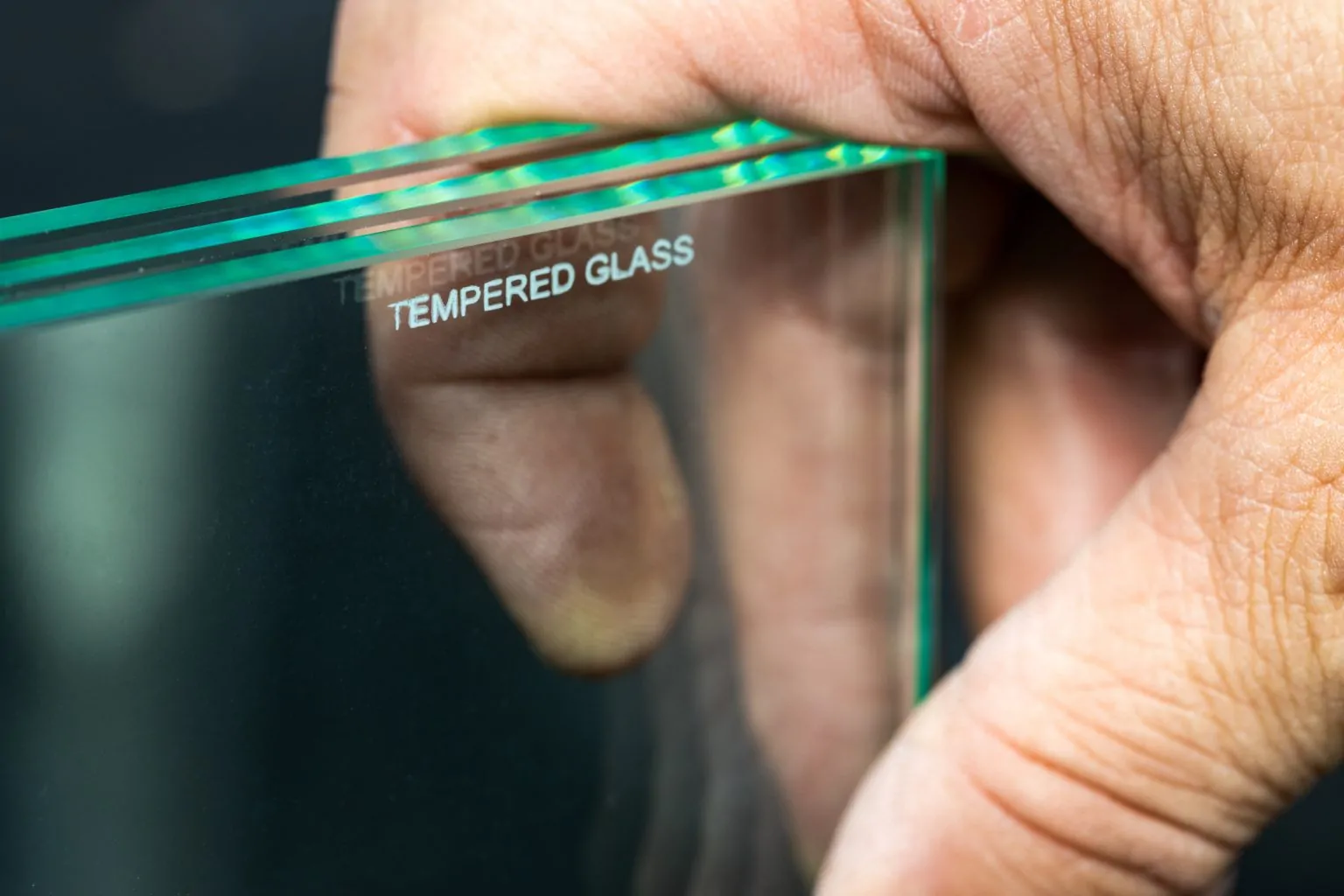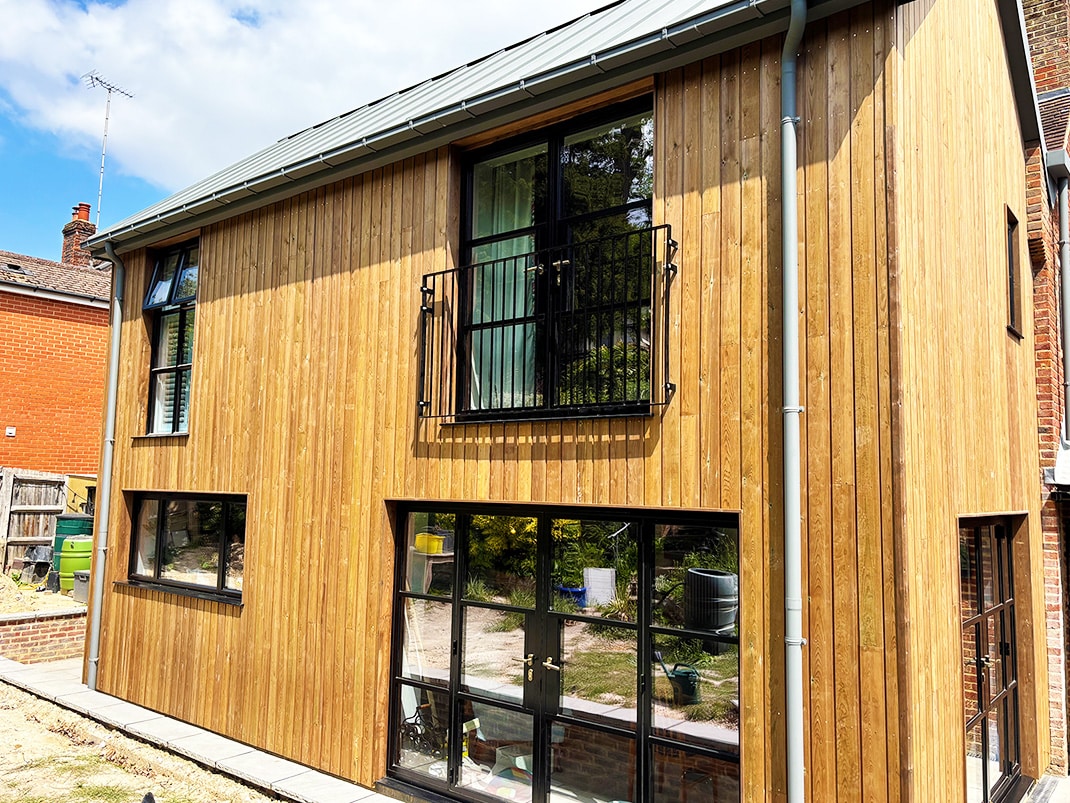Since the beginning of the worldwide coronavirus pandemic, home remodeling has skyrocketed. As a result, more and more people are looking to revamp the space they now spend all day, every day in.
Certain aspects that used to be put on the back burner are now pulled to the forefront, such as lighting.
You may never have considered the lighting in your home until it became your office, gym, and school for your kids. Now, you probably see the value in choosing lighting that works.
Keep reading to learn the difference between natural light vs artificial light and how you can incorporate them into your home and office.
Table of Contents
Natural Light vs Artificial Light Explained
Natural light is daylight or any light that comes from the sun. Artificial light is any light that isn’t natural, such as electric lighting or fluorescents.
Artificial light carries color from their heat signatures, such as halogen, blue, and tungsten which is red.
Now let’s explore the pros and cons of both.
Pros of Natural and Artificial Light
When choosing the best type of lighting, it can be challenging to decide between natural or artificial. Both have significant advantages and some disadvantages.
One of the biggest benefits of natural light is that it is full-spectrum and dynamic. This means that it contains all the colors of the rainbow and changes in intensity throughout the day.
Natural lighting makes your skin appear healthier, can improve your overall mood, and decreases eye strain. It also helps to reduce energy costs.
On the other hand, artificial lighting is excellent because you can use it at any time of day, which can increase your productivity at work and school, even during the winter months when natural light is sparse.
Artificial lighting can also dramatically change the mood of a room depending on the type used and how it’s set up.
The Cons Explored
When choosing between light sources, you must also address the cons.
Natural lighting can only be used when it’s available, which means it can be fickle. It can also cause a glare which can make it difficult to work with.
Sunlight can also cause colors to fade on furniture and artwork, and if it gets too warm, the heat could cause damage.
Artificial lighting can have a negative effect on sleep patterns if not used effectively. In addition, the wavelengths in artificial bulbs vary widely, so it can be challenging to keep the light consistent throughout your space.
When to Use Them Both
You can use a combination of artificial and natural light throughout your home and office. For example, natural light might be best in the bathroom, perhaps through the use of a skylight, which you can easily get done by working with F A B Construction, Inc.
You may want to use more artificial lighting in your office so you can continue to work when the sun goes down, but include natural lighting so you can experience the benefits throughout the day.
Consider how much lighting you want in each area of your home or office and how the lighting will be used.
Change up the Lighting in Your Home or Office
Ready to decide between natural light vs artificial light for your home or office? Remember, the best spaces use both. Just consider how it will be used for it to be most effective.
Want to learn a little something else today? Browse through the rest of our articles, and you just might!





